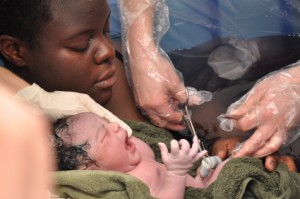 This is the 35th in a series on Booby Traps, made possible by the generous support of Motherlove Herbal Company.
This is the 35th in a series on Booby Traps, made possible by the generous support of Motherlove Herbal Company.
A few years ago, in preparation for the birth of my daughter, I re-read my birth plan for my son, who was born seven years prior.
The plan mentioned many things about newborn care, but there was no mention of the disposition of the umbilical cord, except that my husband was to cut it. This time around I knew more, and I wrote a plan that requested that the cord not be cut until it had stopped pulsing. I requested this because it would lower my daughter’s chances of iron deficiency anemia, and the more I thought about it, might protect breastfeeding as well.
Having too little iron is a serious problem for infants, and can cause many problems including neurological issues and developmental delays. Certain babies (such as those born prematurely, with low birth weight, or to iron deficient mothers) are at higher risk for iron deficiency anemia. I strongly encourage you to seek the help of your health care provider if you have concerns about your baby’s iron levels.
Having too much iron is also a problem, as demonstrated by this study which found that unnecessary supplementation of exclusively breastfed babies caused slower growth, smaller head circumference, and more diarrhea. This is likely due to the “overwhelming” of lactoferrin, a substance in the milk which binds with iron and delivers it to the baby. When there is too much iron for lactoferrin to bind with, the extra iron serves as a food source for bacteria like E.coli, causing diarrhea and related growth problems.
Traditionally in U.S. hospitals, umbilical cords are cut immediately after delivery. But research shows that this practice deprives the newborn of a significant amount of blood (its own blood supply, if you think about it), thereby increasing the risk that the baby will become anemic. Delaying cord clamping for just two minutes can increase iron levels by 33%, and is reflected in babies’ iron stores six months later.
How is this all related to breastfeeding?
There is a lot of debate currently about whether and when exclusively breastfed babies should be supplemented with iron.
Most babies are born with good iron stores from their mothers, and for healthy full term babies these stores should last through the first six to nine months of life. Also established is that the iron in breastmilk is very well absorbed into the baby’s body - far better than from formula. As this paper summarizes the evidence, “For an exclusively-breast-fed full-term normal-birth-weight infant with delayed umbilical cord clamping, whose mother had adequate Fe status during pregnancy, the Fe provided from stores and breast milk is sufficient for > 6 months.”
In 2010, the American Academy of Pediatrics issued a new statement on the prevention of iron deficiency anemia, and in it recommended that exclusively breastfed babies be supplemented with iron beginning at 4 months and continued until iron fortified solids are introduced. This was based on a study which found that babies supplemented with iron had higher hemoglobin levels and higher visual acuity scores at 13 months. This study was problematic in a number of ways, and it’s unclear when the participating babies’ umbilical cords were cut, but the recommendation still stands.
In response, the American Academy of Pediatrics Section on Breastfeeding argued against the recommendation. (Yes, that’s the same organization. My pediatrician’s response when I explained this: “It would be nice if the organization could agree with itself.”)
The Section on Breastfeeding stated, “Given that research has shown potential harm in infant growth and morbidity when iron supplementation is provided to iron-sufficient infants one wonders if universal iron supplementation will be deleterious to the population of developing infants who are breastfeeding exclusively.”
Their alternative recommendations? Delayed cord clamping at birth, and screening for at-risk babies at 6 months. This argument is supported by a recent study which found that delayed cord clamping particularly benefited babies who were exclusively breastfed.
There are other concerns, such as separation of mothers and babies for cord clamping (it can be done with the baby in the mother’s arms, as shown above), and also the pressure to start iron-enriched solid foods before six months.
To circle back to my own experience with delayed cord clamping: My daughter’s cord was clamped after it stopped pulsing. Her cord was short and this meant that I had a hard time seeing her for the first few minutes, but that was fine.
At six months her reaction to solids ranged from disinterested to hostile. More months went by, and I started to get curious about her iron status. At around ten months my pediatrician suggested that we do her 1 year lead test (standard in New England) a little early and get an iron reading at the same time. We did, and her iron levels were fine. At about a year she started showing more interest in solids, and now she eats just fine.
I’ll never know if the delay in clamping her cord was the reason her iron stores remained normal, but I remain pleased in our decision to delay clamping the cord.
Was your baby’s cord clamped right away, or did they wait until it stopped pulsing? Were you told to give your baby an iron supplement? How did this relate to your breastfeeding experience?




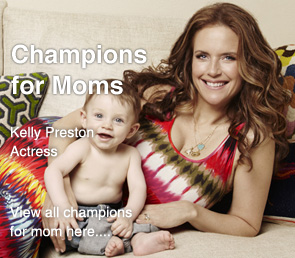



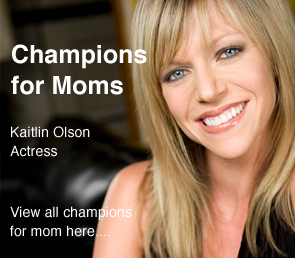
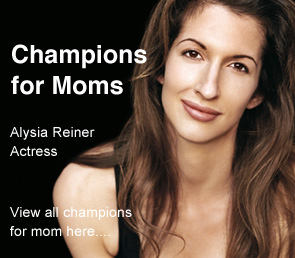
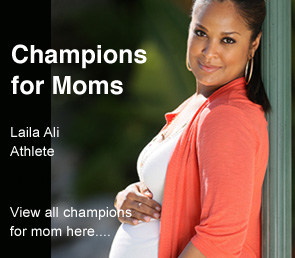
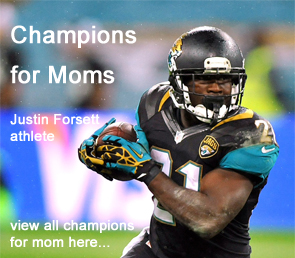
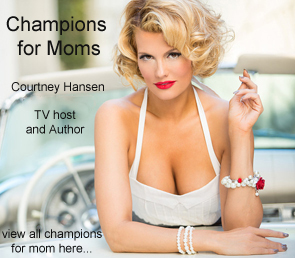
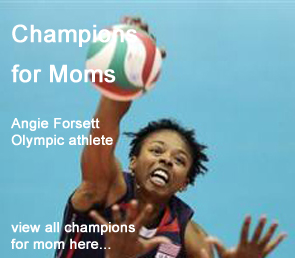

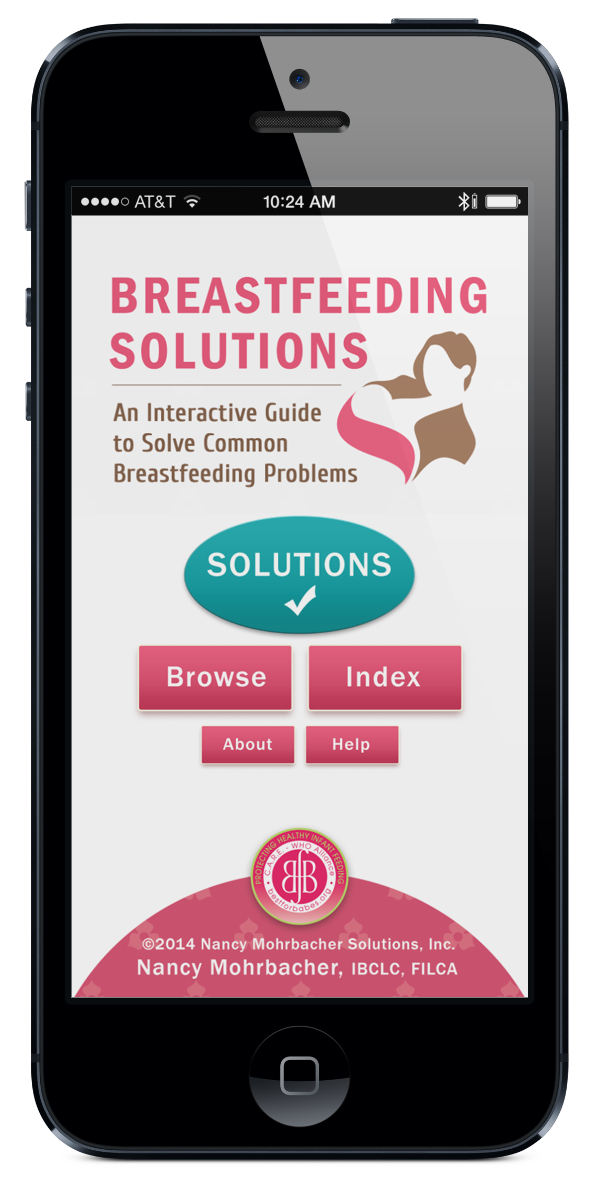
I had directed for my daughter’s cord to be cut only after it had stopped pulsing, but I don’t think that was followed. Those first few minutes were a huge blur. It took me a few minutes to really catch my breath from holding it during pushing, and my husband was more concerned with how I was doing than with whether the doctors were doing what they were supposed to. It seemed like she was on my chest pretty quickly so I don’t think they delayed any. I had a lot of tearing, and I vaguely remember my husband saying something about how they wanted to get to work on fixing me up asap. This is why I really wish I’d had a doula. Someone could have been looking out for me while he was making sure they delayed clamping.
My daughter did have low iron levels when we had them checked at 1 year. She received a supplement for a few months, but the pediatrician didn’t think she needed it for longer than that. Once she started the supplements, she started eating a little better and gaining weight a little better. (She’d steadily slipped percentiles and was down to about 2.5% on the CDC charts by 1 year - still pretty low by WHO chart standards.) My daughter was EBF except for about 2 oz total of formula she received in the first couple of days before we really figured out our rhythm with breastfeeding. (This was not pushed on me by the hospital, by the way. It was me being too sore to let her suck all the time.) Of course she also received appropriate complementary foods staring at 6 months.
We delayed clamping and my ebf daughter’s 1yr check up revealed ‘excellent’ hemoglobin levels. I want to say 18, but can’t remember now.
Awesome info.
One booby trap that seldom gets talked about is the impact of circumcision on breastfeeding. Babies in severe pain often are unwilling to latch. Or they go into a deep sleep or state of shock.
My son had the cord around his neck when his head emerged, and so they cut the cord before he was even out all the way. That being said, his levels were checked @ 9 months and they were low and we had to supplement. This was after introduction to iron-fortified cereal at 6 months. For baby #2, now that I know this info, I’ll ask for delayed clamping, if, of course the cord isn’t wrapped. As for circumcision affecting nursing, it didn’t in his case. Hr actually had a tongue tie clipped at the same time (it was so tight, he couldn’t get his tongue past his gums and was not nursing effectively) and our nursing relationship immediately improved, as it stopped being excruciating for me, and he was getting food.
Delayed Cord Clamping was my one must-have. My midwife went to clamp the cord, as I guess it is just habit for them, but my husband quickly reminded her not to. We only waited five minutes, perhaps less, but I think that was enough in our case. Our son was plethoric for the first few days. He got the slightest tinge of jaundice on about day 4, but it was very very mild and didn’t last long. He certainly didn’t need any treatment.
Edward was alert from birth. So many newborns seem really out of it for the first month or more, but he was bright and engaged from the start, looking around and showing interest in everything. We got so many comments about how alert he was! He has always been a very strong, healthy child (he’s 2 now) and has never had to go to hospital (so many babies I know have), or had any serious illness at all. (The one issue he’s had is quite bad reflux, but that is unlikely to be affected by DCC.)
We were never advised to give iron supplements, and in fact, iron fortified foods messed with his tummy so we tried to avoid them. Also, when I took iron tablets, they affected him badly. In Australia, iron testing and iron supplements are not standard for infants. I had a hard enough time getting a blood test for myself, despite a history of low iron! It turned out I was iron deficient during pregnancy (another reason to push for DCC), but there was never any suggestion of iron supplements for my son.
The only direct consequence of DCC I can think of for our breastfeeding relationship was that Edward was more alert in the early days, which made it easier to feed him. He has never been very consistent with eating solids, so I have always been grateful for the ability to satisfy his hunger and nutrition needs with breast milk. For the last year he has been in the high 90s for weight on the WHO Chart. He’s big and strong, but has never been chubby. It’s all muscle. We’re thankful to have never needed formula, and I continue to breastfeed. I don’t know how much of this is due to DCC, but my husband and I are not big, nor is anyone our families, so I have to think that our son’s size and strength are due to both getting the blood that was rightly his through delayed clamping, and breastfeeding on demand.